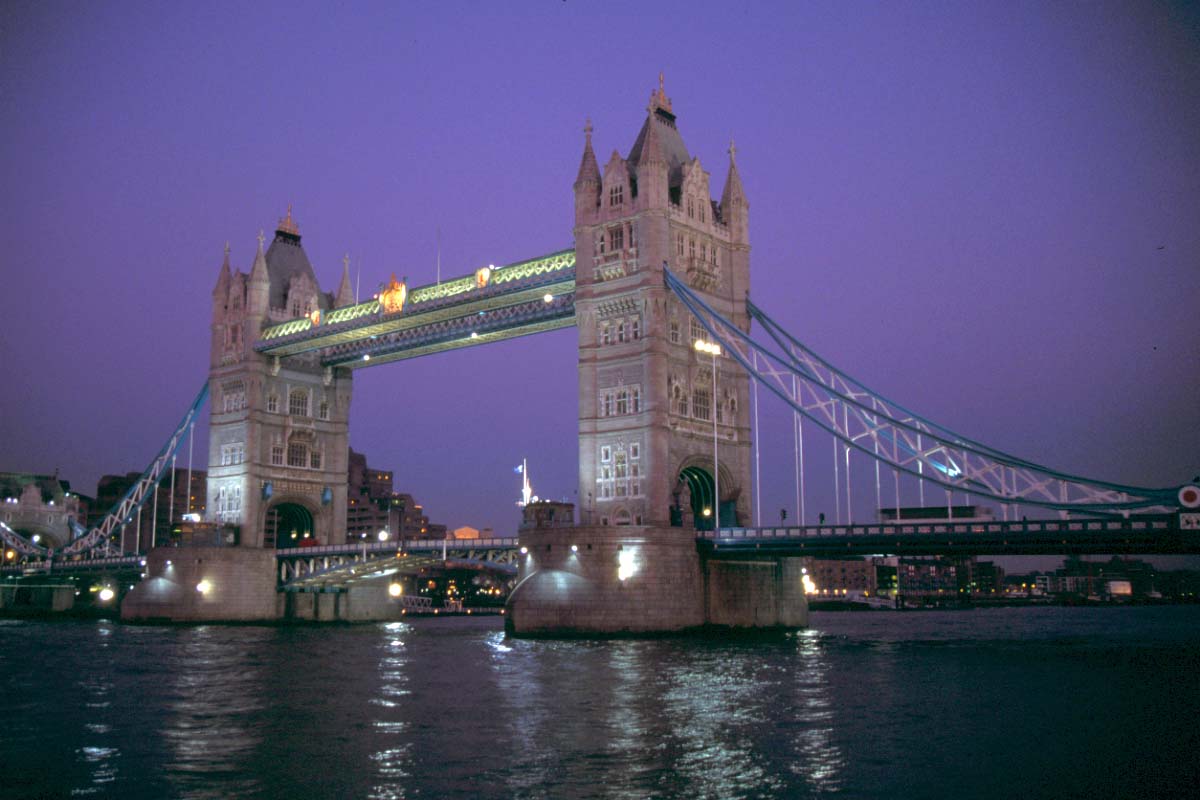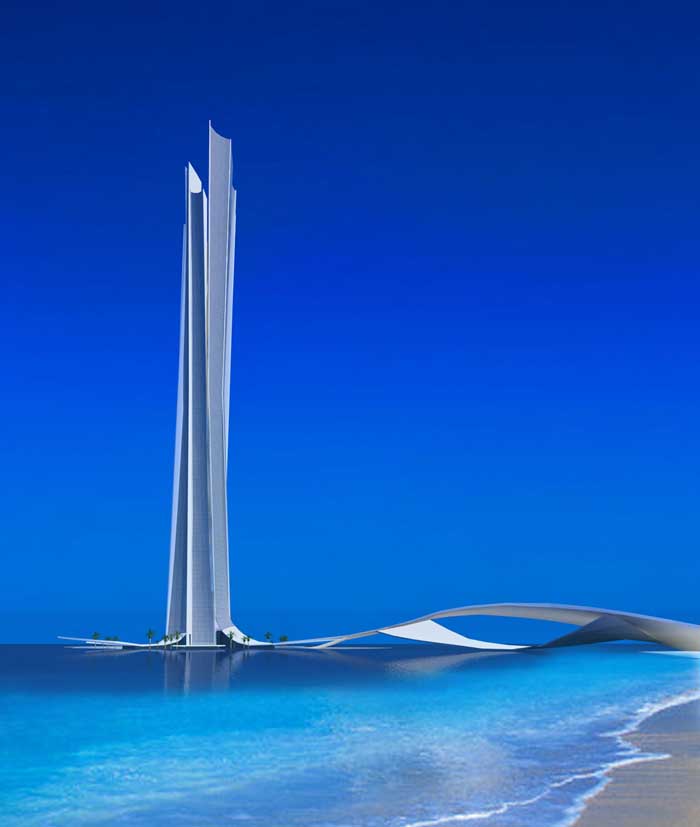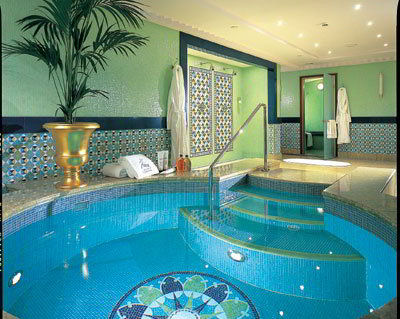The beaches of Goa are speckled with quaint little beach shacks that serve ice cold beer and spicy Goan cuisine. The list below includes some of my favorite Goa beaches. You won't find any of the more popular, overcrowded beaches here - like Colva and Calangute beach - that are done to death in every Goa travel guide or information brochure. These are only the best beaches to visit, some a little off the beaten track.
Candolim Beach
Candolim is the birth place of Abbe Faria, a Goan Freedom Fighter and the Father of Hypnotism. When we stay at Candolim, we usually book one of the rent-back apartments a stone's throw away from the beach. There is little or no shelter close to the beach, but you can hire out a beach umbrella, sample the good food available at the beach shacks that dot the beach, and sun yourself in solitude. This Goa beach is very popular with package tourists, but is still not too crowded.
Sinquerim Beach
Sinquerim beach has clean, white sand, and is close to the historic Fort Aguada, the early 17th century Portuguese fort that was built by the Portuguese to control the entry into River Mandovi and to protect old Goa from enemy attack. You can take a long walk from Sinquerim beach all the way up to Candolim beach, which continues all the way north to Baga.
Baga Beach
Baga is a small fishing beach with a grove of shady palms close to the water's edge. There are few buses that come all the way to the beach's edge, but none after dark. It's a long walk to the Calangute taxi stand from the beach, so if you plan to stay after sundown, make sure you have your own transport. Baga is really an extension of Calangute beach. But unlike Calangute, which is crowded, steep and marred by dangerous undercurrents, the beach at Baga is flat, safe for swimming, and has clean, white sand.
Bambolim Beach
Bambolim beach is a small, clean, largely undiscovered beach, in a shaded spot before the mouth of the river Zuari. The entrance to the beach is easily missed and lies along the hill between Goa Medical College and the Goa University. The road goes all the way down to the Bambolim beach resort from where you can make your way to the beach. The beach is carpeted with broken mother-of-pearl and other shells, which makes it a haven for shell-collectors. Thick coconut groves line the beach and provide shade and privacy. Its a beautiful beach for a quiet, cozy picnic.
You can enjoy lunch at the Bambolim Beach Resort restaurant, serenaded by one of the local singers or bands. When you decide to head back home, take the road that goes to the beautiful Goa University all the way up to Dona Paula. A little off the road before Dona Paula just before the National Institute of Oceanography, is a restaurant called White House. It serves excellent seafood and has a view of the bay to die for.
Arambol Beach
Arambol Beach is near the traditional fishing village of Arambol and is an isolated stretch of beach known for its rocky and sandy terrain. Until recently Arambol was a favorite Goa beach for hippies and its claim to fame was the wild parties it was host to. The main beach is relatively good for swimming. To the north are quiet bays where you can take long walks with starfish underfoot. There's a hot spring near the main beach that runs into a freshwater lake. Sporty types can enjoy activities like dolphin watching boat trips and paragliding.
Vagator Beach
Vagator is one of the more beautiful white sand Goa beaches. To reach the beach, you have to walk down a steep cliff. The sea here is not safe for swimming, but during the tourist season, it has an active nightlife. The south beach is fairly spread out and more secluded. A little further south of the main beach you'll find the quiter Little Vagator or Ozran beach with a fresh water pool. You can also visit the nearby Chapora Fort. Accomodation is not always easy to find because there are few hotels here.
Benaulim Beach
My strongest memory of Benaulim is that of being bitten by a stray dog. But I also remember all of us - the entire family - feasting on a delicious meal of shellfish we dug out in bucket-loads from the sand. Benaulim beach is more peaceful and serene than Colva and still rather undiscovered by domestic tourists.
According to Hindu mythology, this is the place where the arrow of Lord Parsurama landed when he created the state of Goa. Known in Sanskrit as Banali, it was changed to Benaulim by the Portuguese. The main attractions on this beach are the dolphin cruises. The church of St. John the Baptist on the hill is a wonderful example of Goan Christian architecture. With the first drops of the Indian monsoon, the village breaks into a celebration of thanksgiving for the Feast of São João.
Palolem Beach
Palolem beach, situated in the Canacona district, is also known as "Paradise Beach". Until a few years back, it was among the virgin beaches of Goa. It is a fishing beach popular for its dolphin cruises and fishing trips. At the northern end of the beach is a tiny, island in the middle of a fresh water stream that can be reached by swimming across at low tide.
Agonda Beach
Agonda is a virgin stretch of beach twelve kilometres from Palolem and, until recently, was undiscovered by tourists. It is sometimes frequented by day picnickers. The waters are crystal clear and its easy to see the bottom of the shore while swimming. Watch out for the sharp barnacles if you decide to climb any of the rocks there.
Mobor and Cavelossim Beaches
Cavelossim Beach is a small stretch of beach eleven kilometres south of Colva beach. South of Cavelossim beach is the Mobor beach that currently boasts of five star resorts like the Leela Beach Resort. Both beaches are relatively isolated and there are few beach shacks here. Mobor has a fishing village with a small lagoon near the mouth of a river, and its fun to watch the seagulls that come to feast on the fish drying on the sand.

 The Roman Colosseum
The Roman Colosseum The Roman Colosseum
The Roman Colosseum The Roman Colosseum
The Roman Colosseum


















































